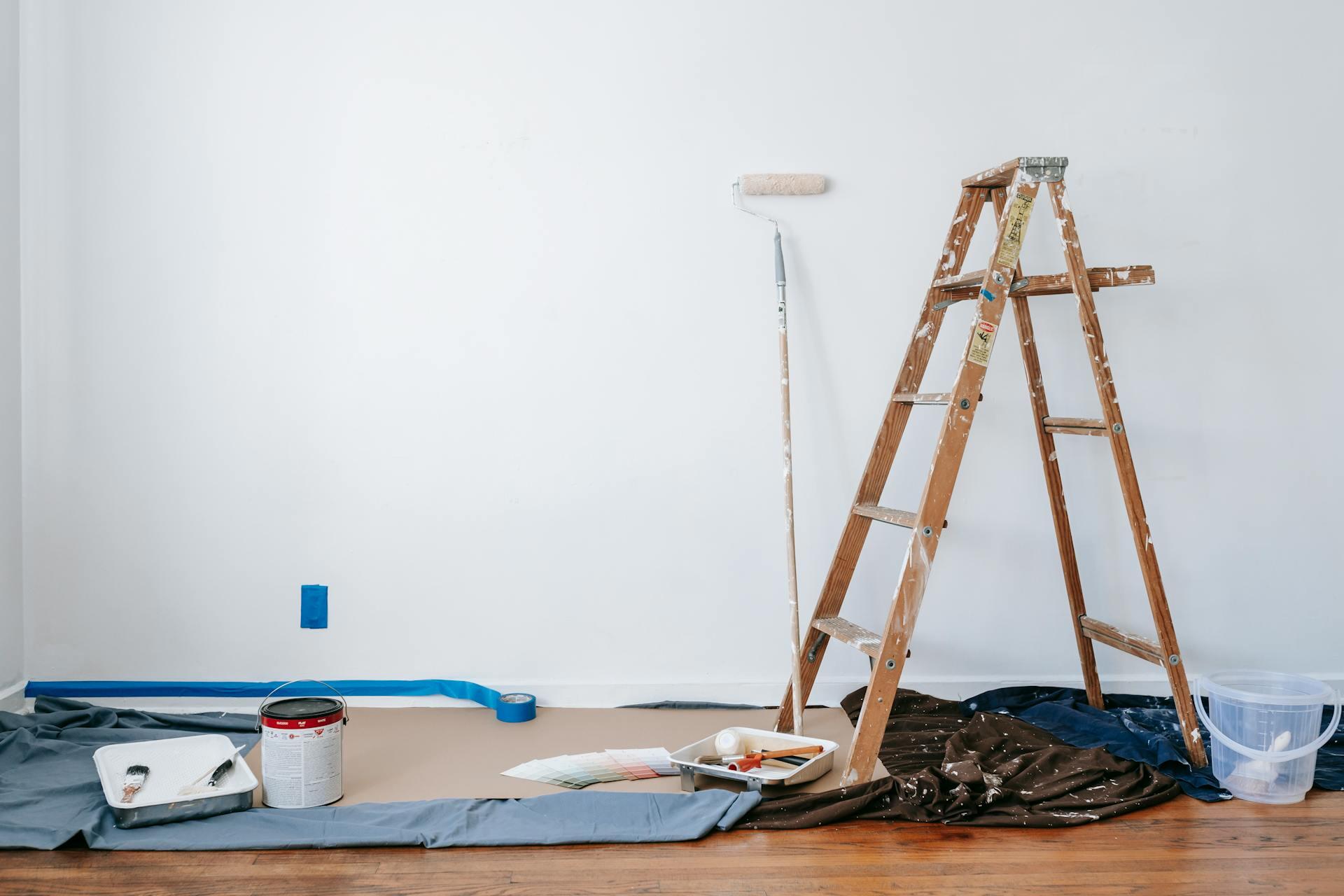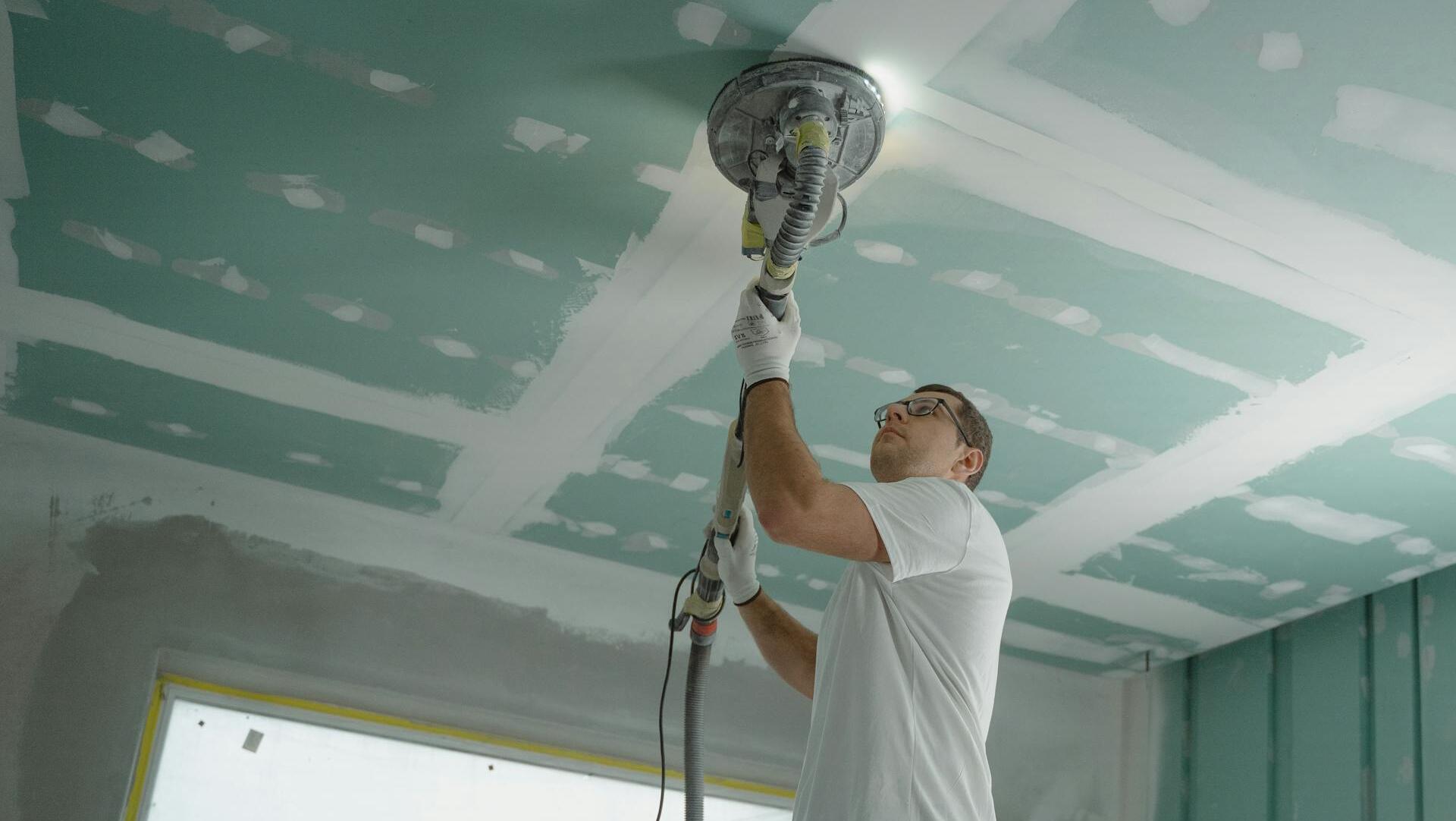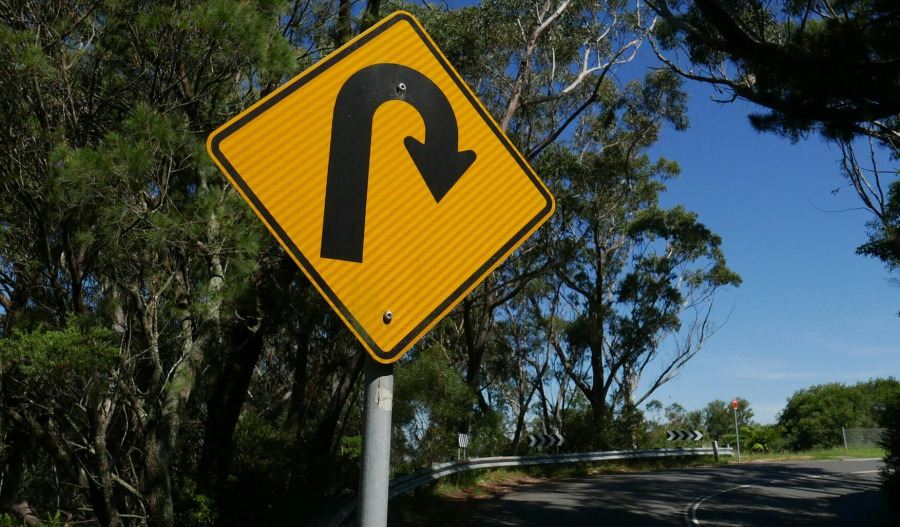Do it yourself (DIY) or outsource to an expert? The choice applies as much to investing retirement savings as home renovations.
An increasing proportion of the A$4.1 trillion (US$2.7 trillion) invested on behalf of 18 million Australians is being brought in-house by their superannuation funds.
About 30% of the assets of the 15 funds surveyed by Azzet are managed internally, with the balance outsourced to external managers.
The issue was explored in the 2019 paper Super internal versus external management: In-house asset management in the Australian superannuation industry by David Gallagher, Timothy M. Gapes and Geoffrey J. Warren.
Based on interviews with executives from 20 major funds, they found insourcing decisions were based on costs, capabilities, alignment and governance, but the weight applied to each varied significantly.
“Despite a shared language around the key considerations, there’s no uniform approach to deciding whether to insource investment management,” the researchers noted.
“This leads to a broad range of implementation structures and asset class choices across the industry.”
They cited a 2015 survey by SuperRatings that found 59% of funds managed some assets, and 18% managed 20% or more, in-house, with cash being the asset most commonly managed in-house (57% of all funds).
While on the one hand, more than 80% of them believed in-house management allowed greater tailoring to meet their needs, most of them also found recruiting skilled staff and managing culture clashes between internal teams and the broader organisation to be challenging.
Internal management requires balancing the advantages and disadvantages associated with costs, decision making, transparency, flexibility, governance and talent attraction and retention and other factors.
No one size
Australia’s fourth largest super fund UniSuper is one of the insourcing leaders, lifting the proportion of funds managed internally to 75% since 2009 when it began ‘inhousing’ simpler investment strategies, and it was comfortable with its current position.
“Managing a substantial proportion of funds in-house has helped to keep our fees low and enables us to act quickly on investment opportunities,” a spokesperson for the $147 billion industry fund said in a statement.
“For the remainder of our funds, we continue to use external managers to complement our in-house team—this allows us to access investments which would be impractical to manage internally.”
At the other end of the scale is Hostplus, which uses external managers for $126 billion funds under management (FUM) covering Australian shares, private equity, infrastructure, property, fixed income, currency, credit, alternatives and cash.
Chief Investment Officer Sam Sicilia said he and CEO David Elia would not internalise Hostplus’ $126 billion of investments because the cost savings were not significant and it did not justify the asset management risks.
“If both of us leave, and someone else is driving, they can do it if they want,” Sicilia was quoted in an Investment Magazine article as saying.
The same applies to AMP (ASX: AMP), which has outsourced its $55 billion of super investments to external managers since the break-up and sale of parts of the AMP Capital business, leaving it with a multi-asset investment team to support its superannuation, managed accounts and wrap platforms.
The nation’s largest fund, AustralianSuper aimed to manage more than 75% of its $365 billion portfolio internally by 2030, Investment Committee Chair Philippa Kelly wrote in the 2024 annual report, compared with 58% now.
“This reflects our long-term approach to internalisation and that, wherever possible, investments should be managed by those with local insights and proximity to the deals and target assets,” Kelly wrote.
It has global investment teams with more than 175 employees working in offices in London, Beijing, and New York.
“By building out these teams, we expect to save more than $1.3 billion per year by the end of the decade, savings that will help us to deliver on our purpose for members,” she wrote.

Knowing better
Second-placed Australian Retirement Trust manages between 20% and 25% of its $321 billion of funds internally, consisting of most cash and a meaningful part of its fixed interest and market-risk-based activities, but none of its public equities investments.
“…where there's a risk-based lens to what we're doing, we feel as though we can do that better ourselves because we have better information about ourselves. It's very hard to outsource that,” Head of Investment Strategy Andrew Fisher told Azzet.
“But in areas like public equities, for example, we're fully outsourced and that includes index (investing) where we think that we get better outcomes (by) outsourcing that capability.”
Fisher said it was difficult to forecast if the level of internalisation would increase, but the decision would depend on expected returns rather than costs.
“I very much doubt we'll make a cost based decision to insource substantially from where we are. If we think we can deliver better outcomes doing something internally, we would.”
Commonwealth Superannuation Corporation, which manages $302 billion for about 800,000 Australian government employees, is required by legislation to invest through external investment managers.
A spokesman for Aware Super said it managed 33% of its $195 billion portfolio internally but had no target.
“Our strategy will remain a hybrid model – we will continue to manage investments internally where we can pass on the benefits of our size and scale to members, but we will also outsource to expert managers where we believe this will benefit members,” he said.
Mercer Investments’ 'manager of manager' approach means that its $74 billion of investments are externally managed by different investment managers.
“The main rationale of a multi-manager portfolio is to achieve what is believed to be an optimal mix of assets, managers and investment styles that aim to best deliver a client’s risk and return objectives, ideally with less volatility than a single manager,” Senior Researcher, Global Wealth Management, Global Strategic Research Steven Keshishoghli said.
Brighter Super plans to internalise management of its term deposits on their maturity but otherwise leave the remainder of its $34 billion of assets managed externally due to its relatively small size, a spokesperson said.
Members the focus
Cbus Super manages about 35% of its $100 billion-plus of investments internally, up from 31.5% in 2020, and is forecasting it will grow this to about 50% within three years and boost its internal investment team to rise from 115 to 150 people.
“This is not a hard and fast target; internalisation is a means to an end, rather than the end itself. The end goal is the best net return for members. We will only internalise when we are confident we can achieve a net benefit to members – not just a fee saving,” the fund said in a statement.
The next stage in its internalisation program was the development of an active large capitalisation Australian equities strategy led by the new Head of ASX Core Strategy Australian Equities, Ryan Riedler.
Rest Super interim co-Chief Investment Officer Kiran Singh said the $88 billion fund was one of the first to successfully leverage in-house investment management within its investment strategy and process.
Starting in 2002 with the acquisition and management of office buildings, Rest has established internal capabilities in cash, debt, infrastructure, property, international and Australian equities, in which it manages about 20% of the portfolio internally.
“We believe both internal and external management have benefits that can help us deliver the best possible retirement outcomes for Rest members, and our specialist external managers continue to play an essential role in management of our diverse portfolio,” Singh said.
TelstraSuper appoints external investment managers across all asset classes and manages 25% of its $27 billion of its FUM internally, covering Australian equities, fixed interest, cash, currency overlays and asset allocation.
“Our internalisation journey started 20 years ago so our figure has remained relatively steady over the past ten years with changes driven largely by asset allocation changes,” Acting Chief Investment Officer Kate Misic told Azzet.
“We only internalise a capability when it is expected to deliver net returns above its cost, helping to ensure that our internal resources are focused where they generate the greatest value for our members.”
HESTA Super, with FUM of $92 billion, internalised some of its Australian equities portfolio in 2021 and its internal fixed income and cash in June 2023, increasing internal management to 18% from 10% a year ago, if unlisted assets are excluded.



